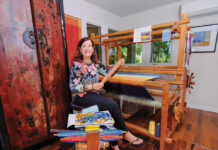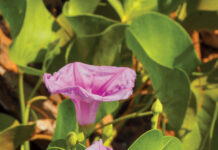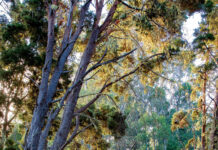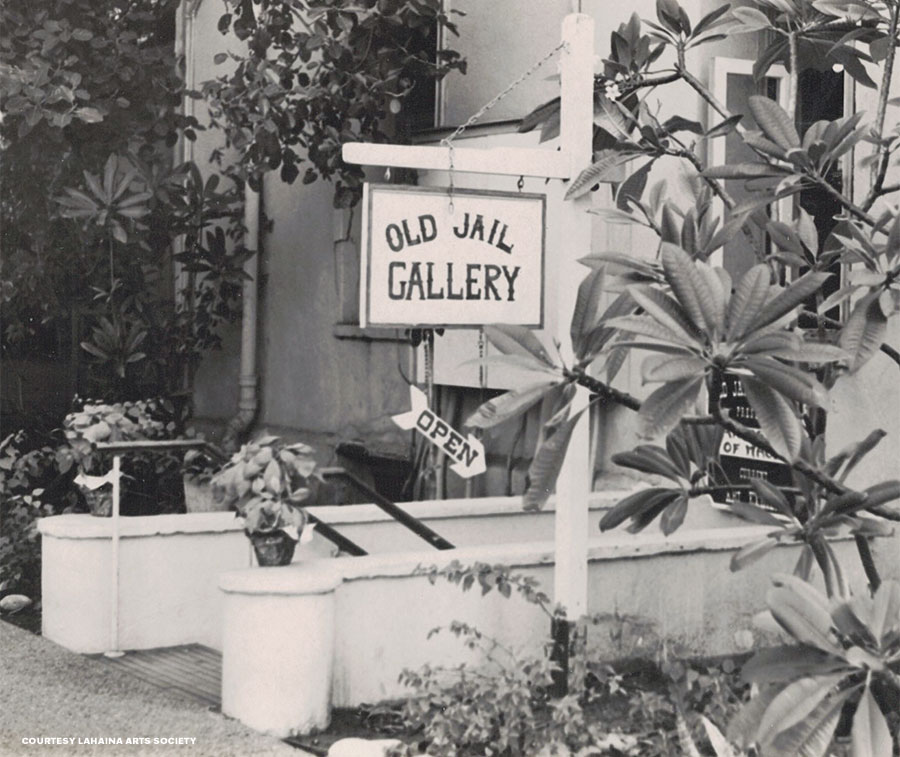
Lahaina became “Historic Lahaina Town” about half a century ago. In a burst of small-town pride, a group of frisky idealists positioned themselves in the relic nineteenth-century courthouse and under the cool sprawl of the adjacent banyan tree. (In 1967 the famous ficus was almost a hundred years old.) They called themselves Lahaina Arts Society, disdained the profit motive, extended generosity to any person who yearned to try to paint a picture, raised scholarship money for talented kids from the plantation camps, and established a free-for-all attitude that continues to be the deepest soul of the art scene on Maui.
This November Lahaina Arts Society celebrates its fiftieth anniversary, and its members—most of them relative late-comers—can be proud that the same communal, come-all, noncommercial spirit persists. Today the society operates its youth outreach programs and exhibition/scholarship efforts for high school students through its twin organization, the Lahaina Arts Association, but little else has changed—the great banyan space, the low-markup gallery. As past president and visionary artist Michael Stark puts it: “This is for anybody who thinks they want to be an artist; no gallery to judge, no editor to shut it down. If it works, then they launch out into the world.”
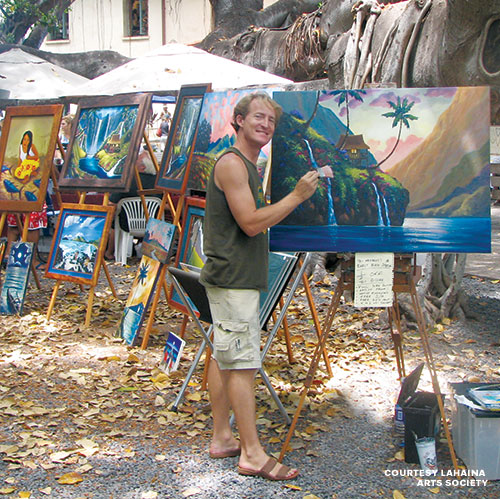
What roused little Lahaina to imagine itself a capital of culture? Kā‘anapali Beach Resort. In the mid-sixties, Maui had no Wailea, no Kapalua, almost no traffic lights, and certainly none of the art-encouraging institutions that now echo the public-mindedness of Lahaina Arts Society—neither the Maui Arts & Cultural Center, for example, nor Art Maui, the juried exhibition that celebrates its fortieth anniversary next year. (Doyenne Ethel Baldwin and her daughter, Frances, had launched Hui No‘eau in 1934 as an artistic club for themselves and about twenty likeminded friends. Membership opened to the public when the Hui settled into the old Territorial Fairgrounds in Kahului some years later, but it wasn’t until 1976 that the Hui moved into Kaluanui Estate as a nonprofit arts organization—nearly a decade after Lahaina Arts Society stretched its first canvas.)
Even Lahaina’s Village Gallery (now called Village Galleries), the longest-running commercial art gallery on the island, was three years from opening its doors. But Kā‘anapali, Hawai‘i’s original “destination resort,” was rising, and it craved attractions for its guests. At the time, historical venues such as the Wo Hing Temple and Hale Pa‘i (“printing house”) were almost in ruins; established in 1962, the Lahaina Restoration Foundation would address their reconstruction, though that would take years. It was Lahaina Arts Society that helped the town wake to its own peculiar legacy, and set a generous tone that we still feel is the real Maui.

